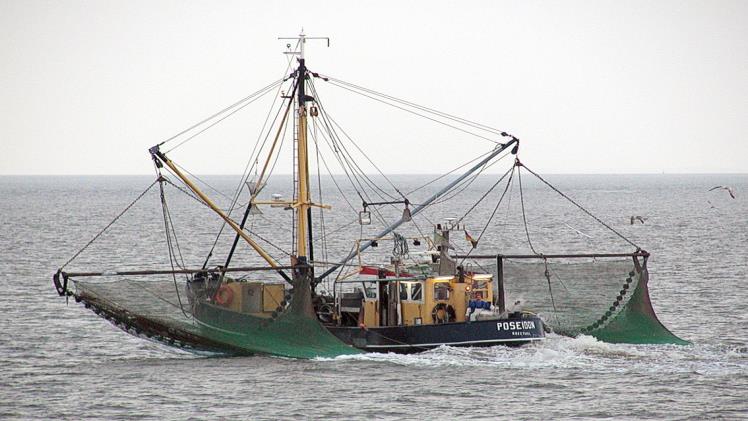What Is Commercial Fishing?

Commercial fishing is the process of extracting fish, shellfish and other marine resources from oceans, rivers, lakes and other bodies of water for human consumption. This ancient industry is one of the world’s most significant sources of protein with approximately 250 million people employed globally in it.
Commercial fishing provides food for about half the global population and generates significant income. About a quarter of marine species, including many that are critically endangered, are fished for commercial purposes.
Some of the most significant commercial fisheries include herring, cod, anchovy, tuna, flounder, mullet, shrimp, salmon, crab, lobster, oyster and scallops. A significant portion of these catches is exported as fishmeal or other products while some is sold directly to consumers as seafood.
Fish is popular around the world, and its consumption offers numerous health benefits. Unfortunately, fishing industries have a long history of overfishing and depleting marine species populations – leading some to become extinct.
Bycatch is a term that describes any unwanted and unintended creatures caught during commercial fishing operations. Unfortunately, these animals often suffer injury or death and some become diseased or even die from these encounters.
By visit for multiple topics News Mylifestyleevent and Newsgallery
Gill nets, longline fisheries and purse seining are the three primary methods used for bycatch control. Gill nets are set in the ocean and pulled behind ships at various depths; any animal that can swim through holes in these nets will be drawn into their net.
Ships then return to the area to reel in the trapped fish. Unfortunately, many are torn from their nets and either succumbed or were cut open while still alive.
Decompression is the process of changing pressure that causes stomachs to pop out of mouths and eyes to pop out of heads – leading to serious injuries from commercial fishing operations that often go undetected. Decompression is an unaddressed but serious issue in commercial fishing operations that should never be underestimated.
Despite numerous modifications to trawling and longline nets, bycatch remains a serious issue. Not only is it an environmental disaster, but bycatch has been linked to habitat loss as well as other ecosystem impacts like coral reef degradation.
In the United States, commercial fishing is overseen by eight regional fisheries councils. These councils have the power to set quotas for specific species and create recovery plans when they believe overfishing is depleting stocks.
These councils are composed mainly of representatives from the fishing industry. They set annual catch limits and seasonal closures, as well as quotas for foreign nations to harvest specific amounts of certain species with permission.
In the United States, commercial fishing is regulated by the Magnuson Fisheries Conservation and Management Act of 1976. This places all marine resources from three to 200 nautical miles offshore under US jurisdiction and allows for their management through eight regional fisheries councils, each comprised primarily of fishermen.
